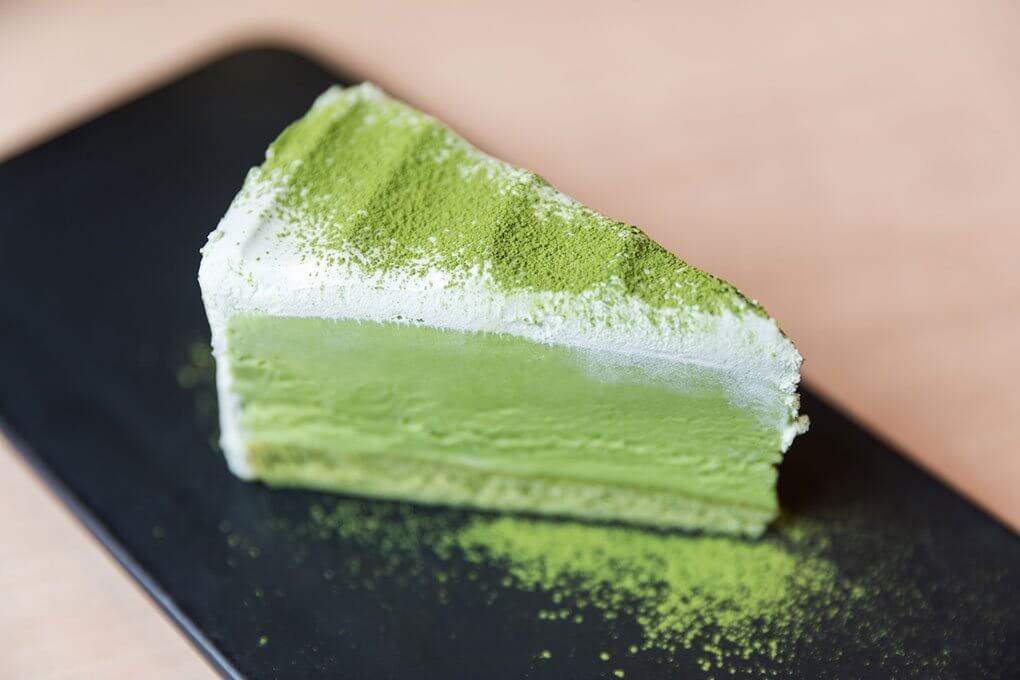While health, wellness and functional foods dominate many food-based conversations, people still love dessert. The question is how to fit dessert into the modern diet and continue to innovate against the evolving American palate. Explore the whole pantry, seek out international inspiration, and dive into history to inform the modernization of your dessert program. Here are five trending ingredients and formats to consider in dessert ideation:
1. Salt
Here, think beyond the seemingly ubiquitous salted caramel and consider salt as a key ingredient or condiment. As an ingredient, salt enhances the natural flavor of other ingredients, but as a condiment it can enhance the visual appeal and set the stage for a unique dessert experience. This is particularly true when using vibrantly colored salts such as pink, black or grey. Salt is now called out as a key driving ingredient or topping in puddings, crème brûlées, cakes, tarts and cookies/bars.
2. Dragon Fruit
One of the on-trend flavors for 2019, dragon fruit will show up across the menu but it’s ideally suited to desserts. Dragon fruit, or pitaya, is a gorgeous fruit in its whole form with a unique, pink, exotic exterior and a speckled interior. The flesh has a mild flavor and the crunchy seeds carry a nutty flavor. The fruit is often used to create beautiful pink to rose colors in foods and beverages. Look for dragon fruit to show up in both dessert beverages as well as ices, tarts, bowls, puddings and sorbets. Familiarity has certainly been bolstered by the launch of both the Dragon Drink and the Mango Dragonfruit Refresher at Starbucks.
3. Matcha
This ingredient is not necessarily a new trend in desserts but it is picking up steam and moving beyond both world cuisine operations and niche offerings. With its vibrant color, global origins and health halo, matcha lends desserts a unique aura and intriguing appeal. Matcha desserts also appeal to the growing demand for options that are more subtly sweet and more complex in flavor. Given its versatility, matcha can be used in an incredibly broad array of desserts, including ice cream desserts, cakes, cookies, breads, and doughnuts.
4. Kolache
In its infancy in this country, kolache (or kolacky) appeal to consumers wanting just a little something sweet. These pastries, originating in Eastern Europe, are made with a light, puffy dough typically holding a fruit or cheese filling. Kolache can be baked in a babke-style form or small to medium-sized pastries. Though fruit and cheese are traditional, filling options are endless and can range from sweet to savory or a unique combination of the two. Additionally, operators can leverage seasonal flavors, produce and herbs to constantly reinvent the simple base. Consider adding these as a snack, a thank- you gift, or a portion-controlled dessert option.
5. Blackcurrant
Far more commonly used in European and British desserts, blackcurrants are gaining a greater presence in U.S. foodservice. Difficult to source fresh, but available in several other processed forms, blackcurrants add a strong, tart, somewhat musky fruit flavor, as well as a rich, deep blue-purple color. Fresh blackcurrants have high levels of pectins and acid making them ideal for jelly and jam production. Consider using fresh fruit or blackcurrant products to create ice creams, sorbets, tarts, cheesecakes, frostings and mousses.










